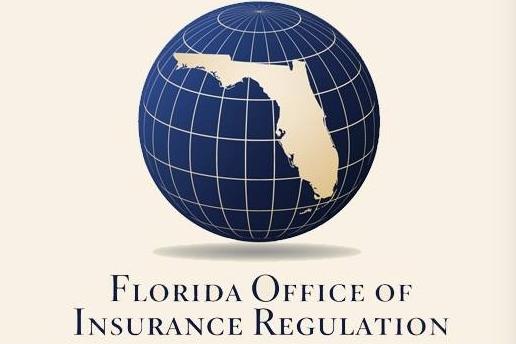At least 18 property insurers are reducing rates or keeping them flat this year, one sign pointing to an improving market, according to the Florida Office of Insurance Regulation.
Property insurance trade associations weighed in, as well, saying the market has shown improvements. “Florida policymakers wisely addressed challenging conditions in the state’s insurance marketplace, and those reforms are taking root. It will take time, but state officials voicing optimism that the property insurance market is starting to turn a corner is an encouraging sign,” said Jon Schnautz, vice president of state affairs for National Association of Mutual Insurance Companies.
He said efforts to improve the market should “continue to bring stability and competition back to the Sunshine State.”
At the American Property Casualty Insurance Association, Vice President of State Government Relations Logan McFaddin credited the implementation of “historic legal system abuse reforms in 2023” by elected officials and continued work by Insurance Commissioner Michael Yaworsky for movement “in the right direction.”
Earlier legislative change took aim at the state’s high rate of litigated homeowners claims. While 14.9% of homeowners claims nationally were filed in Florida in 2022, it accounted for 70.8% of litigation countrywide.
“Insurers paid about $2.9 billion in direct domestic homeowners’ defense costs and containment expenses in 2022 alone, which include defense, litigation, and attorneys’ fees,” said the OIR. “These costs were paid for by consumers in the form of higher rates.”
The industry’s cost of indemnity paid for claims closed was $11.2 billion in 2022. Loss adjustment expenses across perils for litigated claims averaged $9,934, compared with $1,576 for non-litigated claims, the OIR said.
The following year, the number of non-catastrophe claims fell by double digits. It indicates, regulators added, that “abusive practices have begun to subside, and rational claims practices are being restored.”
Florida domestic insurers reported a nearly flat combined underwriting income last year, which, when combined with investment gains, let to an overall net income for the first time since 2016, the OIR said in a May property market update.
In at least eight instances rate decreases take effect this year. Regulators called it one of multiple signs of a stabilizing market.
Heritage Insurance Holdings Inc. plans a 3.3% rate decrease in last August for new and renewed Florida homeowners business, saying legislation eliminated one-way attorney fees and reduced other abusive claims practices. It also noted improving loss trends and reinsurance market stabilization.
The reinsurance market has responded positively to the reforms, the OIR said, and that is important because reinsurance is a “direct and significant cost” to policyholders.
Florida Hurricane Catastrophe Fund’s proposed rates and rating regions will be presented to the State Board of Administration on June 11. If they are approved, the OIR said participating insurers statewide would pay 7.38% less on average, despite greater exposure.
In the fourth quarter of 2023, about 81% of the state’s 7.45 million residential insurance policies in force were written by admitted insurers, the OIR said, with the balance falling to Citizens Property Insurance Corp. or surplus lines writers.
The policy count at the state’s insurer of last resort decreased 12.7% from September to December last year and 5.12% from December to January 2024. The 275,000 policies taken out by carriers in 2023 was more than the total assumed during the prior seven years, said the OIR, reducing exposure at Citizens by $113 billion.
Writers in Florida routinely apply for large blocks of policies, but policyholders previously had the last say on a move. In 2023, the state changed its rules so policyholders who get offers within 20% of Citizens premiums are required to leave the insurer of last resort.
So far this year at least 13 companies were approved to take out nearly 408,000 policies, including 300 commercial residential policies in June.
The average homeowner in the admitted market in Florida pays a $3,600 premium, while the 30-day average homeowners rate hike request declined to 1.6% from 7.6% a year earlier, according to the market update.
Surplus lines carriers can start taking out secondary home policies from Citizens Property Insurance Corp. on July 1, under a bill signed by Florida Gov. Ron DeSantis that is one of several intended to further improve the market.
Regulators said insurers are also being held accountable for behavior that violates state Insurance Code.
Heritage Property & Casualty Insurance Co. was recently fined $1 million by the OIR for violating claims regulations after Hurricane Ian struck. The most common offense cited was a failure by field adjusters to provide policyholders with documentation containing their name and state adjuster license number when physically inspecting a property.
The top five writers of homeowners multiperil insurance in Florida in 2022, based on direct premiums written, were: Citizens Property Insurance Corp., with 15.62% market share; Universal Insurance Holdings Group, 10%; State Farm Group, 6.68%; Florida Peninsula Group, 4.53%; and Tower Hill Group, 4.44%, according to BestLink.













